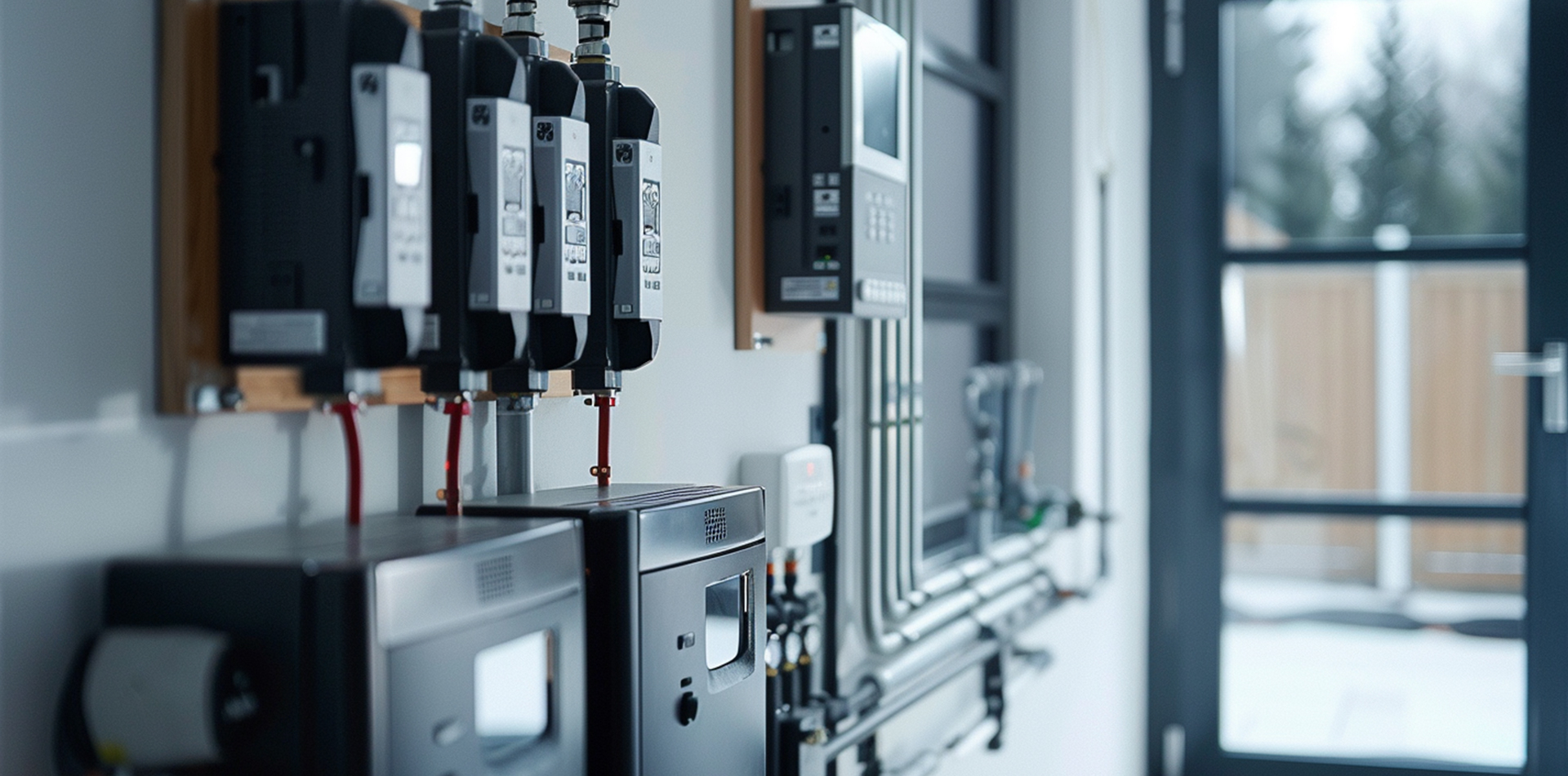In modern residential and commercial building systems, energy efficiency and temperature control are gaining increasing attention. Among the technologies contributing to this shift is the Underfloor Heating Intelligent Controller, which enables responsive thermal regulation in underfloor systems. As more installations prioritize user convenience and energy-saving features, the integration of these controllers has become a point of focus for system designers and technicians alike.

The Underfloor Heating Intelligent Controller plays a vital role in managing how heat is distributed beneath floors. It works by adjusting temperature settings based on environmental inputs, time schedules, and user preferences. This allows buildings to maintain comfortable indoor climates without requiring constant manual adjustment. These smart controllers are often compatible with broader home automation platforms, making them a valuable element of connected living environments.
Responsiveness in heating systems depends not only on digital components but also on the efficiency of physical installations. One often-overlooked detail is the placement and integrity of plumbing and heating lines. In particular, the hose bend support is a component that helps maintain the proper curvature of flexible piping. When hoses are bent too sharply, it can restrict water flow and reduce heating efficiency. Installing a hose bend support ensures that water moves freely, which complements the responsive adjustments made by smart controllers.
The combination of well-placed mechanical elements and advanced controllers leads to smoother operation and greater user satisfaction. When a Underfloor Heating Intelligent Controller receives data from sensors, it calculates how to respond based on pre-set parameters. The speed at which the system adjusts depends on how quickly hot water can be circulated, which in turn is influenced by pipe design. This is where the hose bend support proves to be a practical feature, reducing unnecessary pressure and improving flow consistency.
Another benefit of smart underfloor heating systems is their ability to adapt to different floor materials and room sizes. A Underfloor Heating Intelligent Controller can be configured for tile, wood, or laminate surfaces, allowing each room to be heated according to its needs. In larger areas or those with complex layouts, flexible piping is more likely to be used. That’s why the role of the hose bend support becomes more significant in such settings—it maintains hose alignment without constriction, preserving the efficiency of heat transfer.
Installation practices are evolving to make room for more integrated systems. Professionals are now encouraged to include both digital and mechanical components that work in harmony. For instance, positioning a hose bend support near corners or junctions can prevent long-term deformation of the piping, while simultaneously enabling the Underfloor Heating Intelligent Controller to operate with fewer delays. These improvements result in systems that respond more smoothly to changes in temperature demand.
It is also worth noting that maintenance becomes easier when systems are thoughtfully designed. A properly supported hose retains its shape, reducing the likelihood of blockages or damage. In turn, the Underfloor Heating Intelligent Controller can maintain its programmed schedule without being interrupted by physical issues in the piping. This proactive approach can extend the service life of both the controller and the broader heating network.
The efficiency and responsiveness of underfloor heating systems can be significantly improved through the smart integration of technology and mechanical support elements. The Underfloor Heating Intelligent Controller enables precise control over heating schedules and temperature settings, while the hose bend support contributes to the smooth flow of water throughout the system. When these components are used together, they help create a reliable, adaptable heating solution suitable for a variety of modern living and working spaces.

 Language
Language













 Qigang Road, Huanghuaguitou Industrial Zone, Liu Shi Town, Yueqing City, Wenzhou City, Zhejiang Province
Qigang Road, Huanghuaguitou Industrial Zone, Liu Shi Town, Yueqing City, Wenzhou City, Zhejiang Province 



